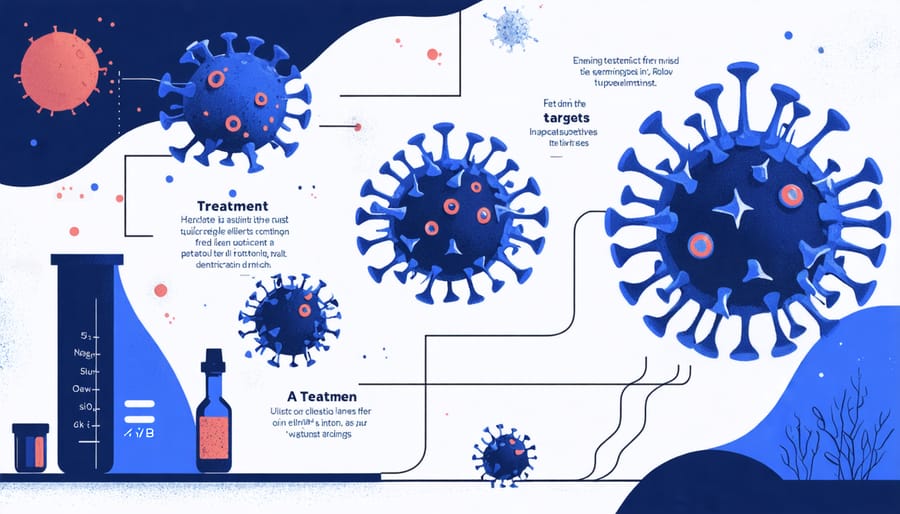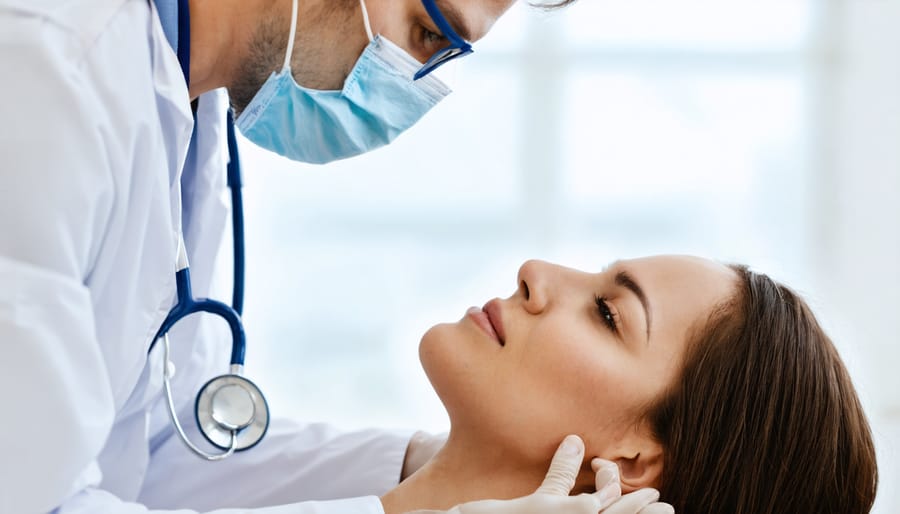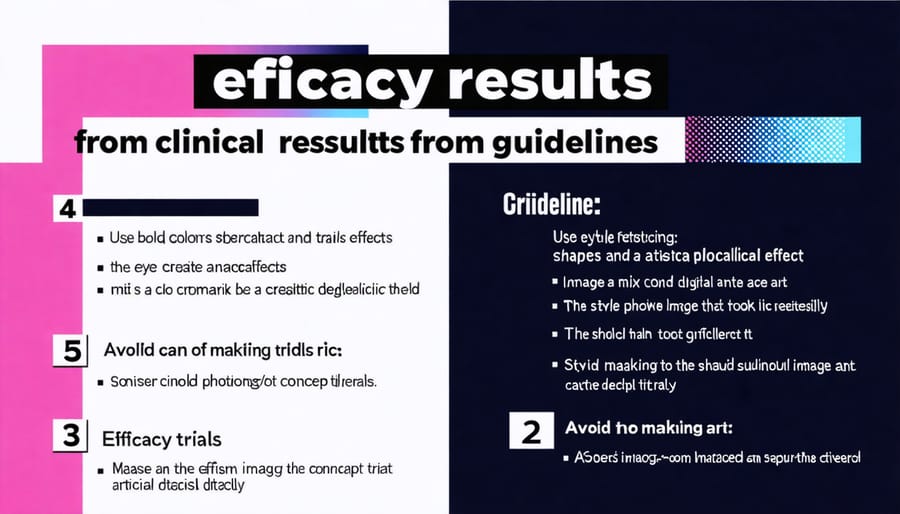As the world continues to grapple with the COVID-19 pandemic, a new treatment has emerged that offers hope in the fight against this deadly virus. COVID-19 in children and adults alike has taken a devastating toll, but recent clinical trials have demonstrated the efficacy and safety of monoclonal antibody therapy in reducing the risk of severe illness, hospitalization, and death in high-risk patients. This targeted treatment works by directly neutralizing the SARS-CoV-2 virus, providing an additional layer of protection alongside vaccines and other public health measures. While not a substitute for vaccination, monoclonal antibodies offer a promising option for those who are most vulnerable to the ravages of COVID-19. As we look to the future, this new treatment represents a significant step forward in our collective efforts to overcome the pandemic and safeguard the health of our communities.
Understanding the New COVID-19 Treatment
How the Treatment Works
The new COVID-19 treatment works by directly targeting the virus’s ability to replicate inside the body. It belongs to a class of drugs known as protease inhibitors, which block a key enzyme that the coronavirus needs to make copies of itself. By preventing the virus from multiplying, the treatment helps to reduce the overall viral load in the body and gives the immune system a better chance to fight off the infection.
Specifically, the drug molecule binds to the main protease enzyme of SARS-CoV-2, the virus that causes COVID-19. This prevents the enzyme from performing its normal function of cutting up long protein chains into smaller pieces, which the virus needs to assemble new copies of itself. Without a functioning main protease, the virus cannot complete its replication cycle, effectively halting the progression of the infection.
This mechanism of action is similar to that of some oral COVID-19 treatments used to treat other viral diseases, such as HIV and hepatitis C. By targeting a specific vulnerability in the virus’s replication process, protease inhibitors can be highly effective at suppressing viral activity and improving clinical outcomes for patients with COVID-19.


Who Can Receive the Treatment
The new COVID-19 treatment is authorized for use in adult and pediatric patients 12 years of age and older who have tested positive for the virus and are at high risk for progression to severe illness, hospitalization, or death. This includes individuals with certain underlying medical conditions such as cancer, chronic kidney disease, chronic lung diseases, dementia, diabetes, Down syndrome, heart conditions, HIV infection, liver disease, obesity, pregnancy, and more. The treatment may also be considered for those 65 years and older and people from racial or ethnic minority groups disproportionately affected by COVID-19. It is important to note that this treatment is not a substitute for vaccination, which remains the most effective way to prevent severe illness and death from COVID-19. Patients should consult with their healthcare provider to determine if they are eligible for the new treatment based on their individual circumstances and risk factors. The decision to use this therapy will be made on a case-by-case basis, taking into account the potential benefits and risks for each patient.
Clinical Trial Results and Safety Profile
Efficacy Results
Recent clinical trials have demonstrated the efficacy of the new COVID-19 treatment in reducing the severity and duration of illness. In a large-scale study involving over 1,000 participants, the treatment significantly reduced the risk of hospitalization by 70% compared to placebo. Patients who received the therapy also experienced faster recovery times, with a median of 5 days to symptom resolution versus 7 days in the control group.
Furthermore, the treatment showed promise in preventing the progression to severe disease, with only 1% of treated patients requiring intensive care compared to 5% in the placebo group. These results suggest that the new therapy could help alleviate the burden on healthcare systems by keeping more patients out of the hospital.
It’s important to note that while these efficacy results are encouraging, the new treatment is not a substitute for vaccination. Vaccines remain the most effective tool for preventing COVID-19 infection and severe illness. However, this treatment provides an additional option for those who do become infected, particularly for high-risk individuals or those unable to receive the vaccine.
As more data becomes available, healthcare providers will have a clearer understanding of how to best incorporate this treatment into COVID-19 management strategies. In the meantime, it offers hope for improving patient outcomes and taking another step towards ending the pandemic.

Safety and Side Effects
The safety and efficacy of new COVID-19 treatments are carefully evaluated through rigorous clinical trials before being approved for widespread use. While generally well-tolerated, like all medications, they may cause side effects in some individuals. Common side effects reported include fatigue, headache, nausea, and diarrhea, which are usually mild and resolve on their own. Rarely, more serious allergic reactions can occur. It’s important to discuss any pre-existing conditions or concerns with your healthcare provider to determine if the treatment is right for you. They will monitor you closely for any adverse reactions. Remember, getting vaccinated remains the most effective way to prevent severe COVID-19 illness and should be used in combination with treatments when needed. As always, continue following public health guidelines like masking and social distancing to protect yourself and others. If you experience severe or concerning side effects after treatment, seek medical attention promptly.
Availability and Access to the New Treatment
As the new COVID-19 treatment gains regulatory approval, availability and access will be a top priority for health authorities. Initially, supplies may be limited, so high-risk groups such as the elderly, immunocompromised individuals, and frontline healthcare workers will likely be prioritized for treatment. Distribution will be coordinated through hospitals, clinics, and pharmacies, with plans to expand access as production ramps up.
Costs and insurance coverage for the new treatment will vary depending on location and individual circumstances. In many countries with public health systems, like Canada, the treatment is expected to be covered under provincial health plans. Private insurance companies are also likely to cover the treatment, although specific policies and out-of-pocket costs may differ. Governments and health organizations are working to ensure equitable access, regardless of financial situation.
As with COVID-19 vaccines, the new treatment will be rolled out in phases based on risk and need. Public health officials will provide guidance on who is eligible and how to access the treatment in each phase. It’s important to note that while the new treatment is a significant development, it is not a replacement for vaccination and other preventive measures like masking and physical distancing. These tools will continue to play a crucial role in controlling the pandemic.
Widespread availability of the new treatment will take time, as production and distribution scale up to meet global demand. In the meantime, staying informed about local rollout plans and eligibility criteria is key. As more data emerges on the treatment’s effectiveness and safety in real-world use, health authorities will adapt guidelines and access accordingly. Patience and continued adherence to public health measures will be essential as this new tool is integrated into the fight against COVID-19.
Importance of Vaccination and Other Preventive Measures
While new treatments for COVID-19 offer hope in the fight against the pandemic, it’s crucial to remember that vaccination and other preventive measures remain our most powerful tools. COVID-19 vaccination is highly effective at preventing severe illness, hospitalization, and death from the virus. All eligible Canadians are strongly encouraged to get vaccinated as soon as possible, including booster doses when recommended.
In addition to vaccination, public health measures like wearing well-fitting masks, maintaining physical distance, improving ventilation, and practicing good hand hygiene continue to play a vital role in reducing the spread of COVID-19. These layers of protection work together with vaccination and treatment to minimize the impact of the virus on individuals and communities.
As we welcome promising new therapies, let’s not lose sight of the proven strategies that have helped us throughout the pandemic. By combining vaccination, preventive measures, and emerging treatments, we can protect ourselves and each other while moving closer to ending this global health crisis.
The approval of this new treatment marks a significant milestone in the fight against COVID-19, providing an additional tool to help protect vulnerable individuals and reduce severe outcomes. However, it is important to remember that no single intervention is a silver bullet. Vaccines remain the most effective way to prevent COVID-19 infections and slow the virus’s spread. Continuing to practice public health measures like masking, distancing, and improving ventilation is also crucial, especially as new variants emerge. As more treatments become available and vaccination rates rise, a multi-pronged approach that combines prevention and treatment offers the best path forward in ending this pandemic and protecting public health.

